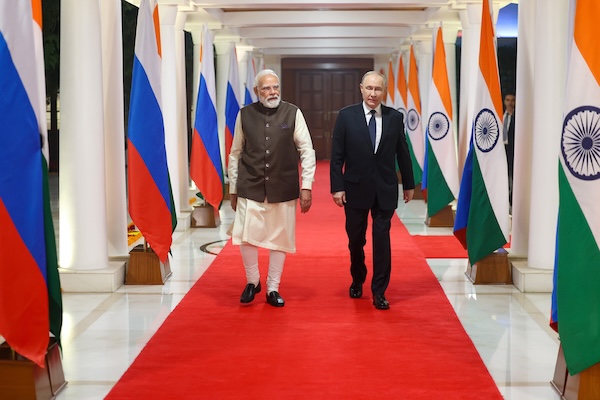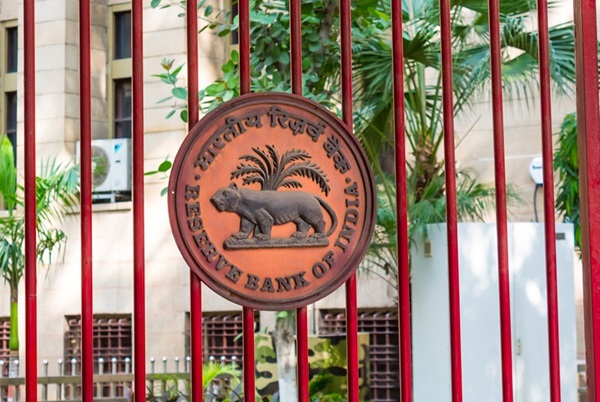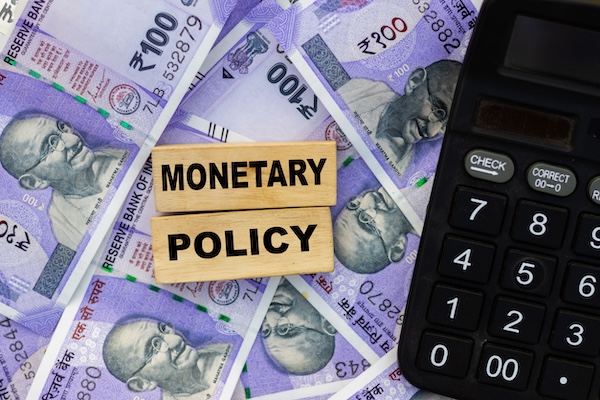.png)

Pandya, a communications professional, explores climate, energy transition, and security. Off the grid, he recharges with long-distance runs.
February 20, 2025 at 3:07 AM IST
India’s solar power capacity hit a key milestone of 100 gigawatts earlier this month. This is no mean feat, with the solar power capacity increasing thirty-five-fold over the past decade, rising from 2.82GW in 2014 to 100GW today. Solar now accounts for over a fifth of India’s total power generation capacity of 462GW.
That said, the job is not half-done—it is merely one-third complete. India has set an ambitious target of 500GW of renewable capacity by 2030, with approximately 300GW expected from solar power, including large-scale utility projects and rooftop solar installations.
This means India must construct 300GW of solar power capacity by the end of 2029, given a solar project typically takes 12-18 months to complete. While an estimated 84GW is under implementation and 48GW tendered, the pipeline totals only 230GW, leaving a deficit of 60-70GW.
There’s another sobering truth beneath the headline numbers. Despite being seen as the poster child of the global clean energy transition, India’s renewable sector is slowing, and systemic bottlenecks threaten to eclipse ambitions.
One major hurdle is the lack of buyers for over 40GW of renewable projects, which have remained in limbo, paralysed by delayed power purchase agreements. State distribution companies hesitate to sign agreements because solar tariffs are consistently declining. When a new tender offers lower tariffs, states baulk at signing older deals at higher rates or struggle to secure approvals.
Typically, tenders for renewable energy projects are floated by agencies such as SECI, NTPC, NHPC, and SJVN. Once a developer wins a tender, the Renewable Energy Implementing Agency enters into a power-purchase agreement with the project and a power-supply agreement with the state DISCOM. A Letter of Allocation is issued only once this process is completed. Of the 94GW of renewable energy bids in 2023-24, only 50% received an LoA. Without these statutory agreements, projects remain non-starters and face significant delays.
Land availability is another stumbling block, particularly for large-scale solar and wind projects. The Wind Independent Power Producers Association has flagged serious Right of Way issues, with developers encountering law-and-order challenges in remote areas. For wind energy, RoW issues are the leading cause of project delays, with developers relying on local authorities to secure project sites.
A McKinsey report estimates that 16.5 million hectares of barren land is available in India, and the renewable energy sector needs only 500,000 hectares to meet its 500GW target. The government must auction state-owned barren land to private developers, while the Ministry of New and Renewable Energy should work with state nodal agencies to create a land databank and develop standard bidding documents for land auctions. Given the scale of RoW challenges, state- and national-level war rooms should be set up to monitor renewable energy projects in real time.
It is baffling that the recent Union Budget sidestepped renewables, offering platitudes about “green ecosystems” but no binding mechanisms. Beyond vague commitments for solar cells, electrolysers, wind turbines, and grid-scale batteries, there was no concrete action.
For instance, the budget permitted additional borrowing of 0.5% of GSDP for states to incentivise electricity distribution reforms. A stricter compliance mechanism for renewable purchase obligations could have been linked to this borrowing. Many states have fallen short of their RPO targets, and stricter enforcement could push DISCOMs to procure more green power, expediting PPA execution. The budget could have also introduced a framework to strengthen state nodal agencies, ensuring standardised processes to accommodate the surge in renewable energy investments.
The government must urgently clear these roadblocks in a sector that underpins India’s energy transition and decarbonisation efforts. A policy short-circuit at this stage could stall India’s renewables surge.




